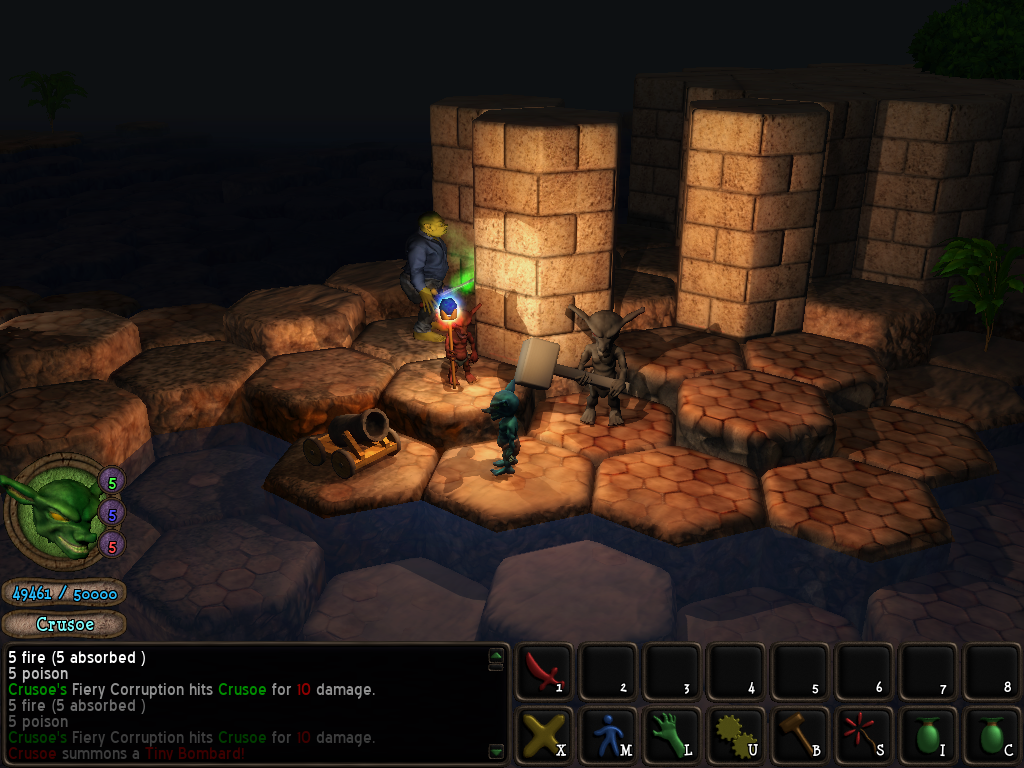
I recently wrote a post about using "pure" SFML and traditional 2D methods to create an isometric game. I also indicated in the same post how, in my opinion, traditional 2D isometric games are pretty much dead, at least on most platforms. I'm sure there is a platform, somewhere, that a 2D isometric…

Another round of randomly generated procedural grayscale textures for ya:
These are selections from a whole raft of new library modules that a script I left running last night put together, using the latest version of the Accidental N…
These are selections from a whole raft of new library modules that a script I left running last night put together, using the latest version of the Accidental N…

Despite my interest in the generation of 3D cube worlds, I've never played Minecraft. Nevertheless, I have had my eye on it since first hearing about it over on the Tigsource forums, and I've been fascinated by the success of the project despite its lack of a "traditional" marketing and PR machine …

I'm really considering making ANL a header-only library. Seems like it's small enough and specific-purpose enough (ie, not many modules of any given program should need to call into it) that doing so shouldn't hurt anything too drastically, and this way I wouldn't have to try to do binary releases.…

Been doing more refactoring. Converting a lot of parameters to ScalarParameters, adding RGBA functionality back in, etc... Added a new type of RGBA function as well, which rotates a color in color-space around an axis, by a given angle. The axis coordinates and angle are all ScalarParameters, so th…

[font="arial, verdana, tahoma, sans-serif"][size="2"]I'm going through the process of refactoring (again) the Accidental Noise Library. This library is the basis for my various experiments in procedural generation, including my earlier Minecraft-type level generation articles ( here, here) and the …

In my ever-so-humble opinion, "traditional" 2D isometric games (ie, games implemented using only 2D techniques to fake an isometric viewpoint) are as dead as last week's meatloaf. Traditional techniques present a number of problems that are solved by hacks and kludges, but which are solved much mor…

I wrote a marching cubes (or, rather, tetrahedrons) surface extractor for the procedural trees mentioned in the previous post. It works okay, but doesn't perform any compaction or decimation at the moment so I still have to import into Blender for that. Today I've been fiddling around with differen…

After reading this article, I decided to try out the method for myself. It's actually pretty cool, although I think it will take a lot more effort than I've put into it so far to make it robust.
The basic premise of the algorithm is that you seed a volume with a number of randomly scattered points. …
The basic premise of the algorithm is that you seed a volume with a number of randomly scattered points. …
Advertisement
Popular Blogs
Advertisement
Advertisement






